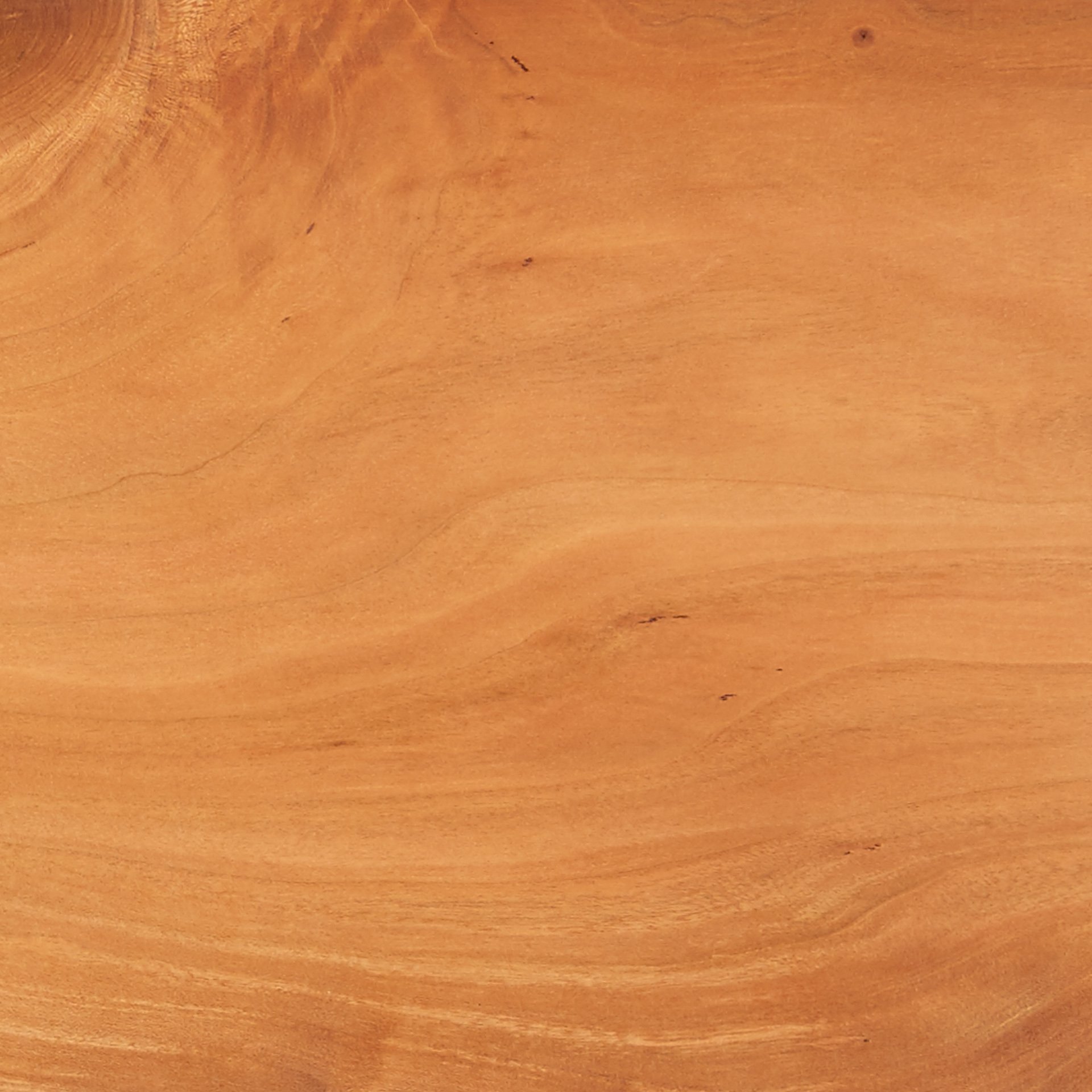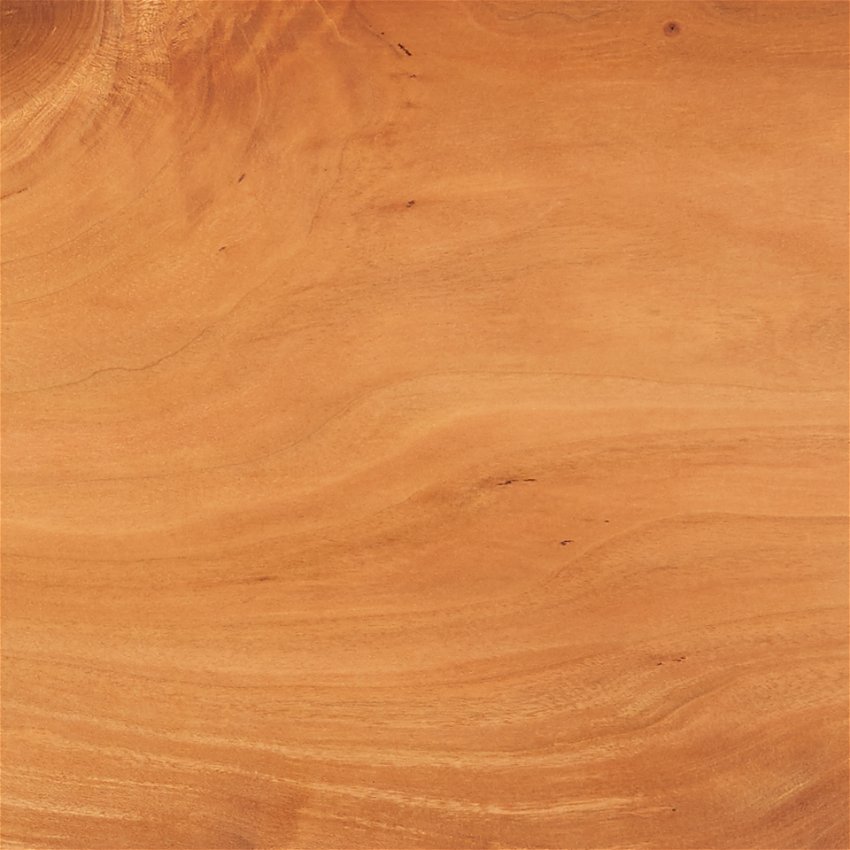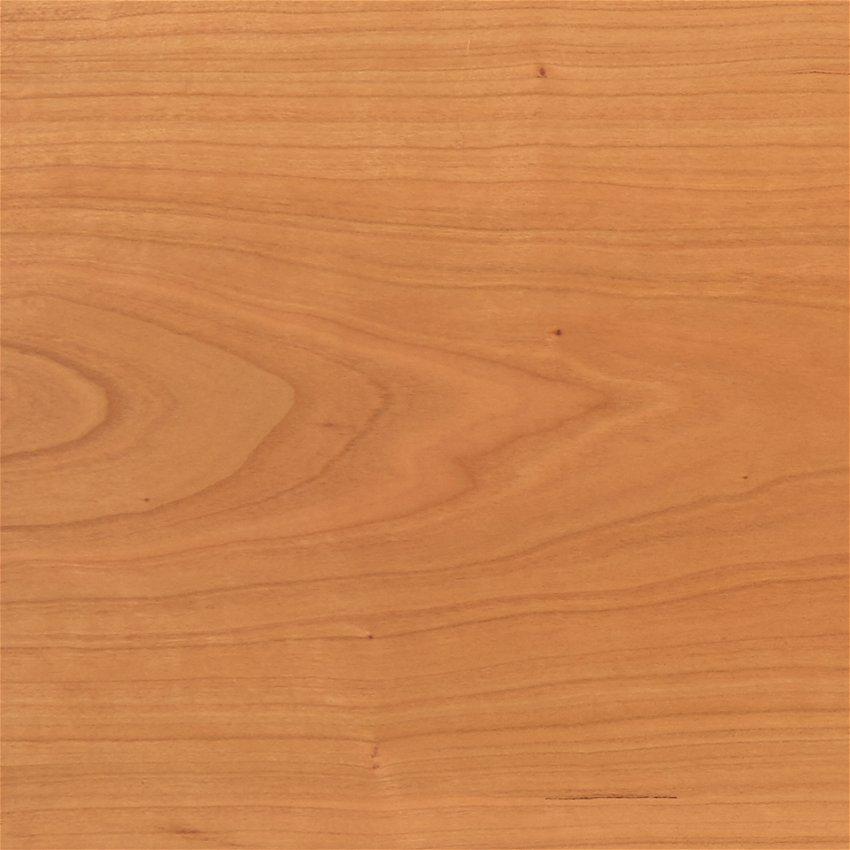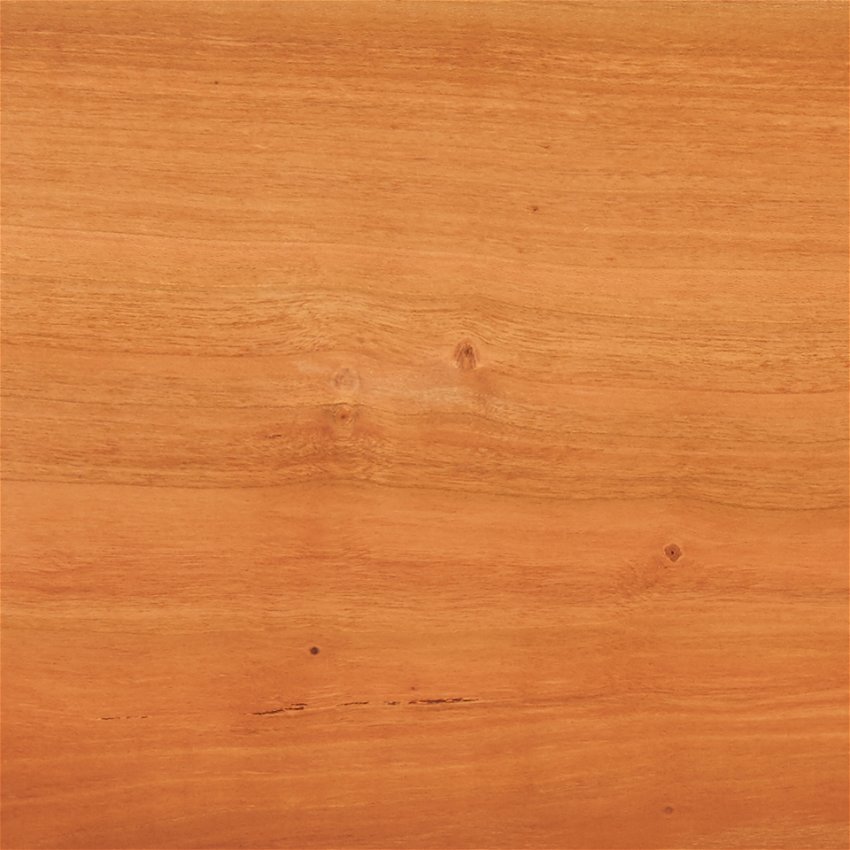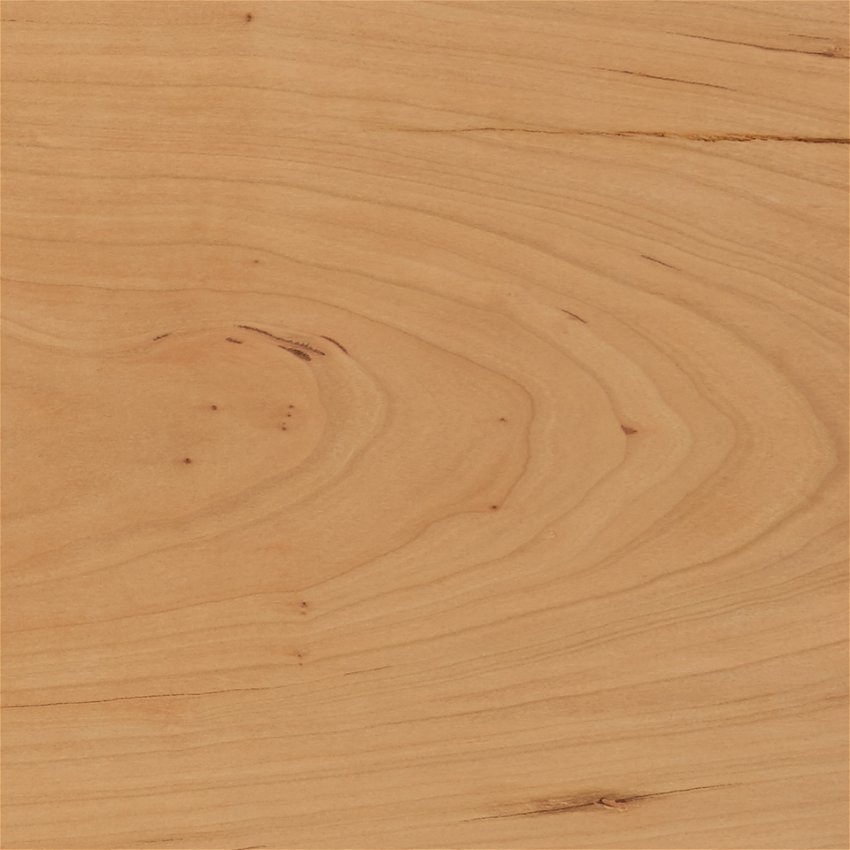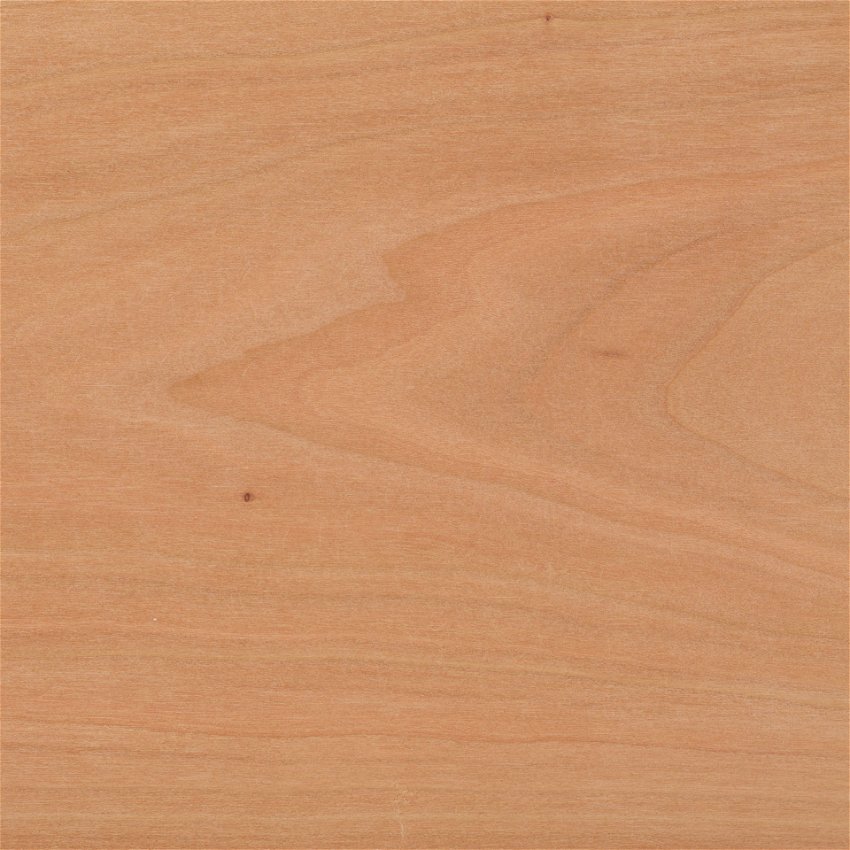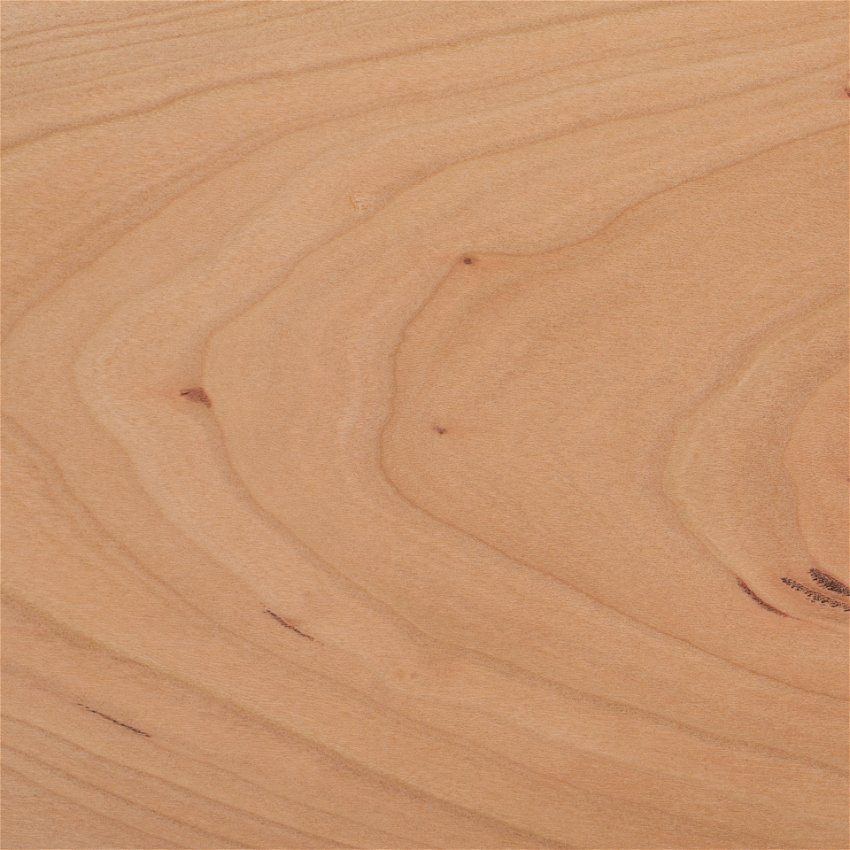American Cherry
Overview
American cherry is a supreme hardwood species from the U.S. hardwood forests and is unique to North America, with warm color tones and superb finishing qualities. American forest cherry trees grow principally in the northeast of the USA in mixed hardwood forests. The species is different from the many floral cherries planted throughout the world. It is a single species; the trees growing tall and often in dense stands in several U.S. states, notably Pennsylvania, New York, Virginia and West Virginia. Cherry has a relatively short rotation, taking less time to mature than other hardwoods. Much of the current resource is the result of cherry’s ability to regenerate naturally after forest fires.
The heartwood of cherry can vary from rich red to reddish brown and darkens on exposure to light with time. The sapwood is creamy white. Although the difference between heart and sap color is marked, this can be reduced by steaming. The wood of cherry has a fine uniform, straight and unpronounced grain with a fine smooth texture. The small brown pith flecks, pin knots and gum pockets or streaks are natural characteristics of cherry, but their occurrence varies according to region.
This sustainably managed wood from natural forests of North America, with excellent environmental credentials, is revered worldwide for its warmth of color and fine finish. It is highly suitable for furniture, cabinet making and high class joinery. It is widely used for doors, panelling, architectural interior joinery, moldings and kitchen cabinets, and some flooring. It is also used in certain specialist applications such as musical instruments and boat interiors.

